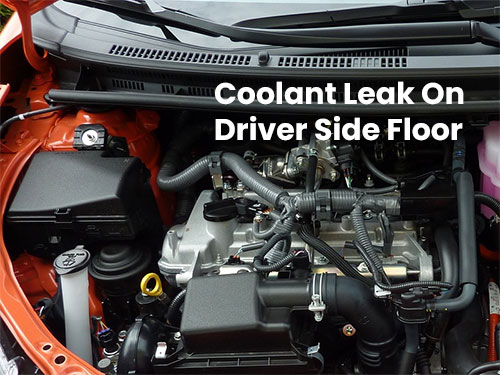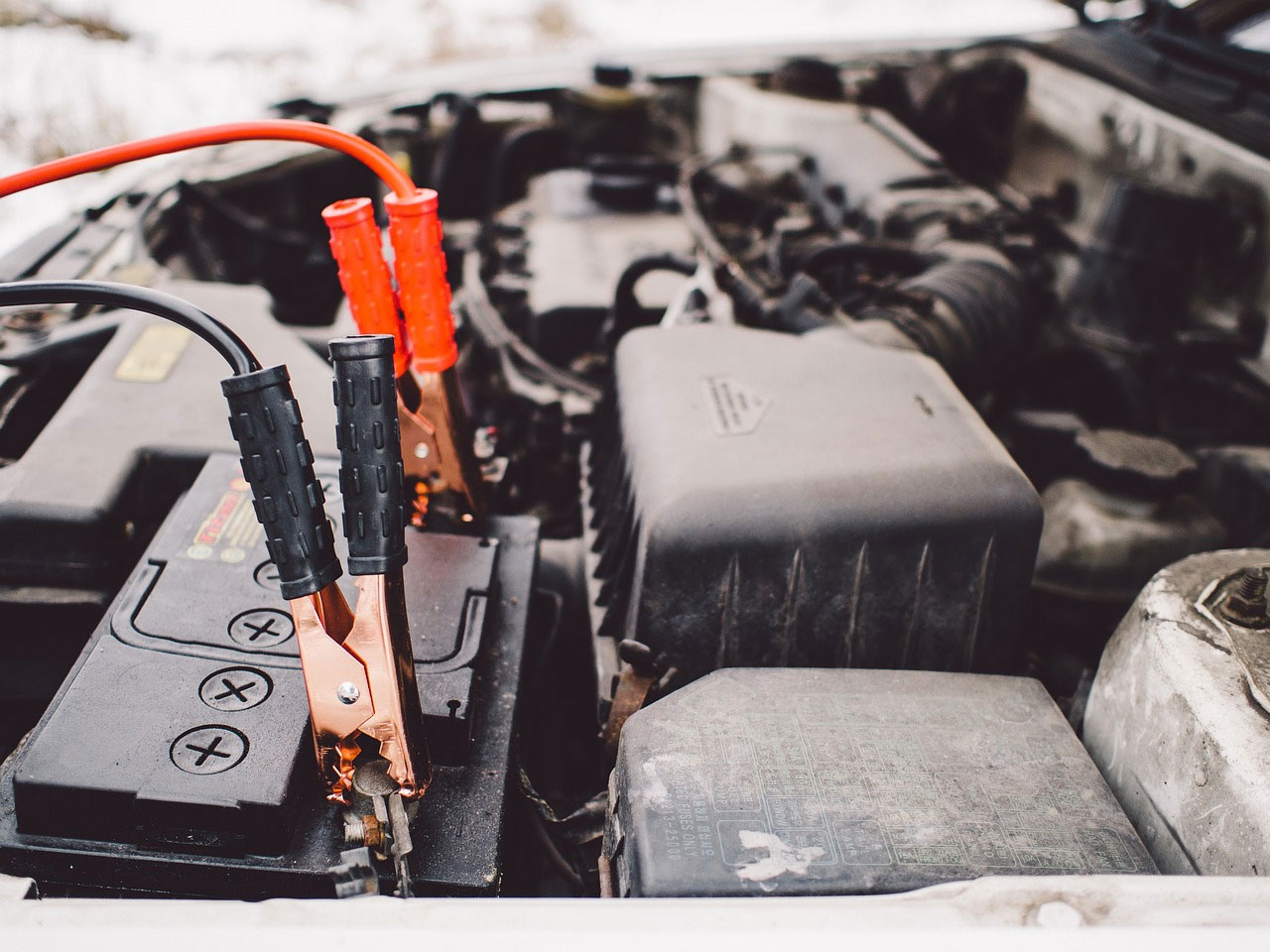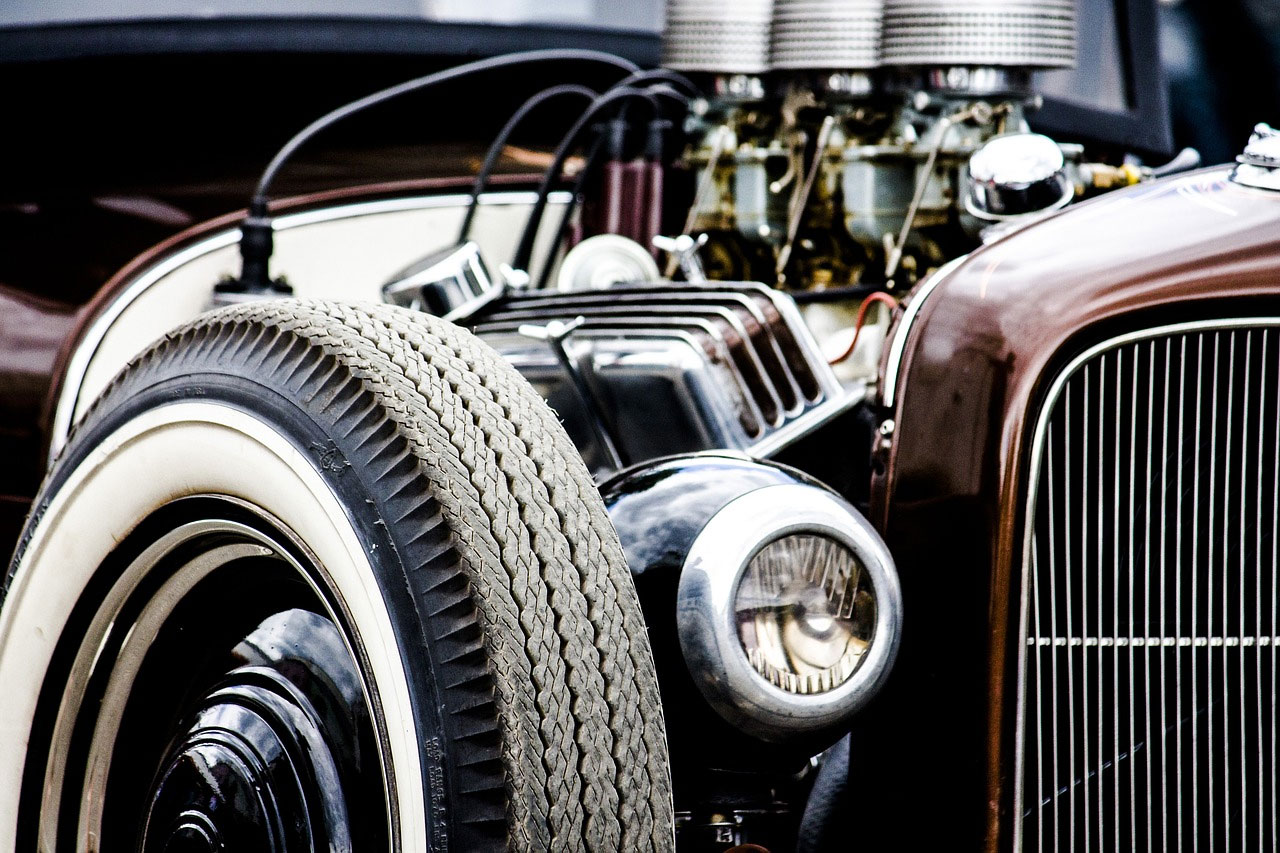Why There Is Coolant Leak On Driver Side Floor?

If you see coolant leaking from your car, it could be coming from a loose or split coolant hose. Another possibility is a leaking core plug (freeze plug). To find the source of the leak, add some coolant dye to the radiator, drive the car for a while, and then pressure-test the system.
What happens if you stop driving with a leaking radiator?
If you come to a stop in your vehicle, the radiator may start to leak. This leakage will usually only last for a couple of minutes before stopping.
Is this water pump leak on passenger side?
The water pump is one of the most common leaks on the passenger side of the car. It is usually first noticed around 10" inside of the front tire. In addition to the water pump, other common leaks come from the heater lines, manifold gaskets, and inlet tube.
How do I know if my car has an antifreeze leak?
If you think you may have an antifreeze leak, there are a few ways to check. One way is to dab some up with a white cloth. If it is green, smells sweet or has a slimy feel, it's probably antifreeze. Another way to tell if you have an antifreeze leak is by checking the level of coolant in your radiator. If it's low, that's another sign that you may have a leak. Due to the location of the heater core, most of the time they are extremely difficult to replace, even though it is a relatively inexpensive part.
Where does antifreeze run in a car?
The heater core is a small radiator-like device that sits behind or under the dashboard, often on the passenger side. It circulates antifreeze through the car's ventilation system to provide heat for the cabin. Over time, heater cores can develop small leaks. To check if your car has an antifreeze leak, dab some fluid up with a white cloth. If the fluid is green or yellow, it is most likely antifreeze.
How to clean coolant water on car's floor?
- Cover the spill with an absorbent material.
- Place paper towels on top of the absorbent material.
- Let the material rest for a few hours to soak up the spill.
- Wipe up the absorbent material.
- Spread soap over the area and scrub it clean.
- Rinse the area with clean water and dry it off completely.
Should I repair or replace a coolant leak in my car?
If your car is leaking coolant, it's important to figure out where the leak is coming from. If the leak is coming from the radiator, you can try to repair it with a sealant. However, if the leak is coming from the block or cylinder head, you'll need to take your car to an auto professional for major repairs.
What can cause a car to lose coolant?
Head Gasket
The most common reason is a leak in the head gasket. The head gasket is a seal between the engine block and the cylinder head. Over time, the head gasket can develop leaks. These leaks can allow coolant to escape from the engine, causing the car to lose coolant. Other potential causes of coolant loss include radiator leaks and hose leaks.
Rusty or Faulty Reservoir Cap.
The cap is responsible for sealing the coolant system and preventing the coolant from escaping. If the cap is not functioning properly, the coolant can leak out, causing the car to lose its ability to maintain a consistent temperature. In addition, a faulty reservoir cap can also cause the coolant to become contaminated, which can lead to engine damage.
Damaged/worn out Radiator Hoses
Over time, the hose can become brittle and crack, allowing the coolant to leak out. If you notice any leaks, it's important to have the hoses replaced as soon as possible. Another potential cause of a coolant leak is a faulty radiator cap. The cap helps to keep the pressure in the system, so if it's not working properly, it can cause the system to lose coolant.
Radiator Leakage
The most likely cause of a radiator leak is a crack or hole in the radiator. The radiator is made of metal and plastic, and over time, the metal can develop cracks from corrosion or collision damage. The plastic can also become brittle and crack.
The water pump may also be leaking. A head gasket failure can cause coolant to leak into the cylinders and burn up.

How to prevent car coolant leaks?
Preventing car coolant leaks is important to keeping your vehicle running properly. It helps keep your car engine cool and prevents overheating. A leak in your car coolant system can cause your car to overheat, which can lead to engine damage.
The common practice to prevent car coolant leaks:
Don't overfill the coolant reservoir.
When a coolant reservoir is overfilled, the pressure of the fluid inside can cause it to break open. The fluid will then be distributed through a frozen plug. To avoid this, it is important to keep the coolant reservoir at a safe level. If there is too much fluid, an overflow hose can be used to drain the surplus. However, this should be done with caution, as leaking coolant can endanger both the environment and nearby wildlife.
Check your car's coolant level regularly.
How frequent we must check our car's coolant? The cooling system in your car needs regular maintenance to function properly. Service experts recommend that you check the coolant level every three to six months. The optimal liquid color is blue, green, yellow, or red. If the liquid color turns brownish or even colorless, this is an indication that the cooling system needs to be flushed and the fluid replaced.
Changing your engine's coolant.
The coolant in your car's engine needs to be changed periodically in order to keep the engine running at the proper temperature. Over time, the coolant degrades and can cause corrosion or excessive wear on the engine and other parts of the cooling system. An engine coolant change replaces the old coolant with new coolant to keep your engine running properly.
Get a cooling system flush.
The cooling system in every vehicle needs to be flushed out every two to four years as part of the scheduled maintenance. This is because the radiator plays a big role in keeping the engine cool and if it is not flushed out, it can cause problems.
Use genuine parts for repairs.
The use of genuine parts in your machinery can offer a number of benefits in terms of both performance and cost-effectiveness. Genuine parts are guaranteed to fit into your existing machines as intended, which can help to avoid production issues and downtime. In addition, genuine parts are more likely to work effectively for longer, meaning you can reduce waste and other production issues. As a result, using genuine parts can improve your return on investment so you get more value from your machinery.
10 most important things you should know about car engine coolant
- The coolant should be changed at the manufacturer's recommended interval.
- The coolant level should be checked regularly and topped up if necessary.
- The coolant should be a mixture of water and antifreeze, and the proportions should be followed carefully.
- The cooling system should be flushed and refilled with fresh coolant at least every two years.
- The radiator cap must be checked to ensure that it is sealing properly and that the pressure relief valve is working correctly.
- The cooling system hoses should be inspected for signs of wear or leakage and replaced if necessary.
- The radiator should be checked for leaks, corrosion, or blockages and repaired or replaced if necessary.
- The thermostat should be checked to ensure that it is functioning properly and replaced if necessary.
- The water pump should be checked for leaks or other signs of wear and replaced if necessary.
- Regular maintenance of the cooling system will help to extend the life of the engine and prevent costly repairs down the road.






